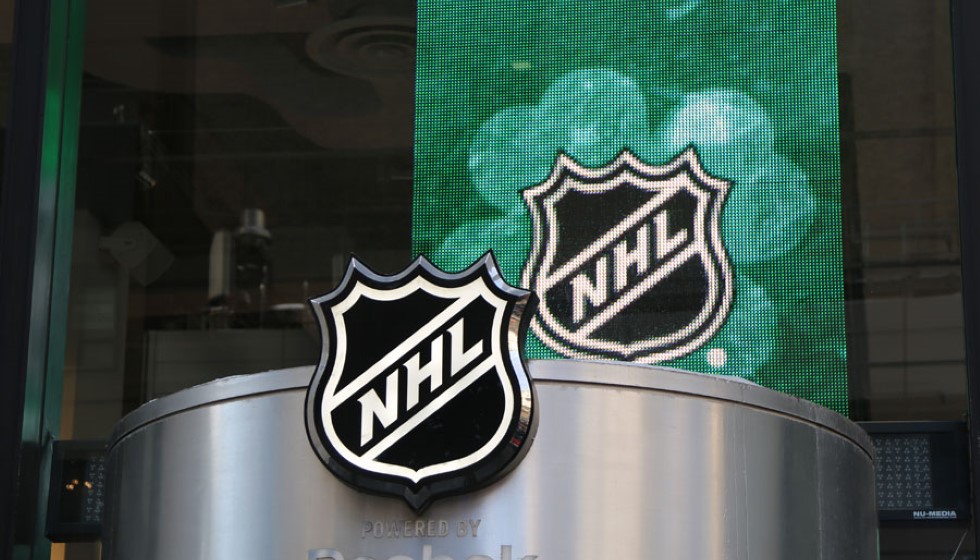
The rivalry between the Los Angeles Kings and the Anaheim Ducks found its closure for the season last weekend, completing their regular-season series with significant contrasts in their journeys. The Kings managed to secure a playoff spot for the third consecutive year by triumphing over the Ducks, solidifying their status as contenders in the league. On the flip side, Anaheim's defeat emblemized their continued struggle, marking the sixth consecutive year the team has missed the postseason—a streak that underscores deeper issues within the squad.
A Tale of Two Teams
Despite the clear divide in their seasonal fortunes, the difference between these Southern California teams is not as pronounced as one might assume. Both teams faced significant challenges, notably injuries among key players, that tested their depth and resilience. For Los Angeles, their achievement this season is a testament to their ability to rally in the face of adversity. Key players like Anze Kopitar and Drew Doughty remained pivotal to the Kings, showcasing the critical role of veteran leadership and experience in navigating the challenges of a grueling NHL season.
Conversely, the Ducks’ campaign was marred by significant setbacks, notably the extended absences of promising talents such as Trevor Zegras, Leo Carlsson, and Alex Joseph Killorn, alongside their stalwart goaltender John Gibson. These absences left gaping holes in the Ducks' lineup, ones they struggled to fill effectively, contributing to another disappointing conclusion to their season.
Impact of Luck and Strategy
In the unpredictable world of professional hockey, luck undeniably plays its part—injuries, game-day decisions, and the bounce of the puck often having outsized impacts. However, as both teams demonstrated, success and failure are not solely at the mercy of fortune. The Kings, for example, benefited from not just the resilience and performance of their star players like Kopitar and Doughty, but also from the emergence of others such as Trevor Moore, Adrian Kempe, and Kevin Fiala. The acquisition of Cam Talbot, who has stood out in the goaltender position, further exemplifies the strategic decisions that contributed to the Kings’ playoff berth.
Mid-season coaching changes also played a significant role, with Jim Hiller taking over the reins as the Kings' interim coach in February. Hiller's stewardship coincided with a marked improvement in the team’s performances, underlining the impact of leadership behind the bench. His timing and the strategic avoidance of major trades at the deadline—rooted in a belief in the squad's existing coherence and the anticipated recovery of injured players—proved pivotal.
The Ducks, in their quest to rebuild and recalibrate, made moves aimed at augmenting their future lineup, acquiring prospects like Ben Meyers and Jan Mysak. Despite these efforts to inject youth and potential into their ranks, the anticipated uplift in performance did not materialize in the latter part of the season, with the team only managing three wins post-trade deadline.
In Their Words
Reflections from the management of both teams offer insight into their respective philosophies and the uncertain nature of success in professional hockey. Kings President Luc Robitaille summed up the competitive spirit, remarking, "It's a challenging game," a sentiment that encapsulates the perpetual quest for excellence and the narrow margins that define success and failure at the highest levels of the sport.
For Ducks GM Pat Verbeek, the role of luck in the game is undeniable, yet it's the mitigation of its effects through strategic decisions and fostering a resilient team culture that distinguishes the successful. Acknowledging the impact of key player absences, Verbeek noted, "It's not optimal when your top players are out," emphasizing the compounded challenge when such absences coincide.
As the Kings prepare to face the Oilers in the postseason, the Ducks reflect on a season that once again fell short of expectations. The road ahead for Anaheim involves significant reflection and recalibration, aiming to break a cycle of disappointment. Meanwhile, Los Angeles steps into the postseason with confidence, buoyed by a resilient regular season that has showcased their depth, adaptability, and the indispensable value of experienced leadership.
Between these two teams lies a narrative rich in contrasts, challenges, and the relentless pursuit of hockey excellence. As one embarks on the quest for glory in the playoffs and the other regroups for the future, the enduring spirit of competition and the quest for improvement remain the unchanging constants in the dynamic world of professional hockey.